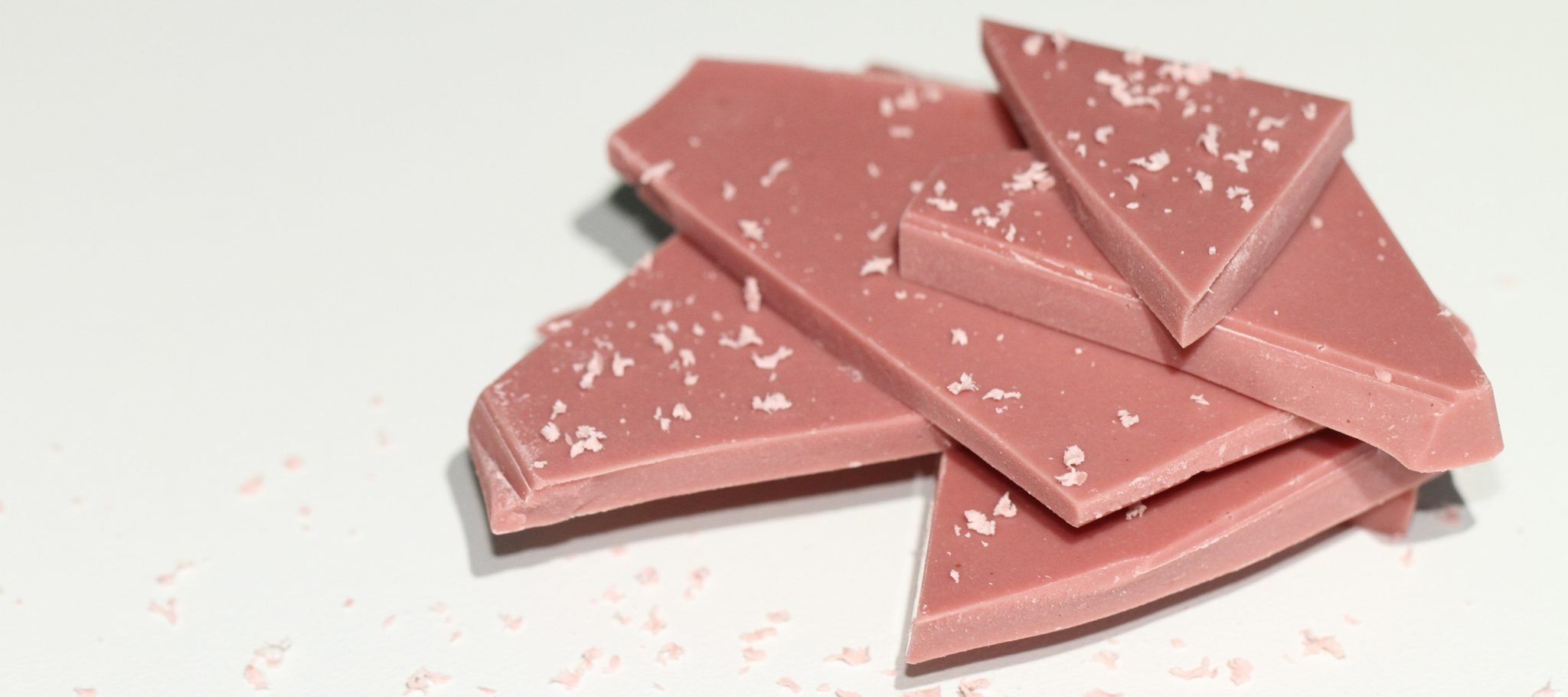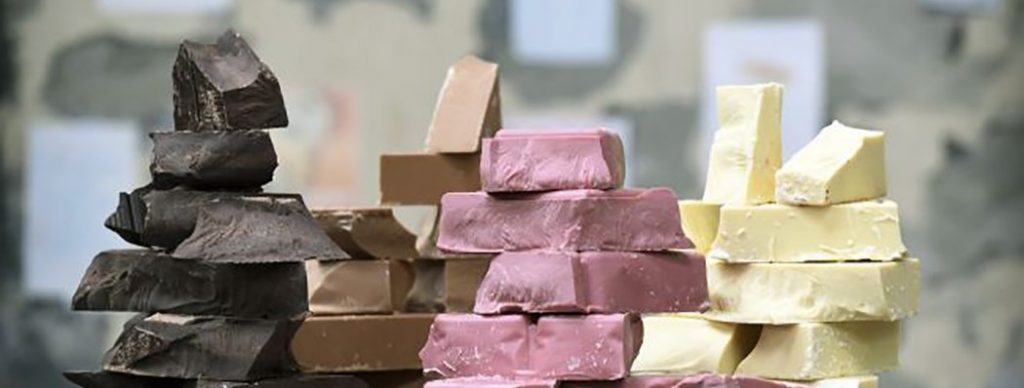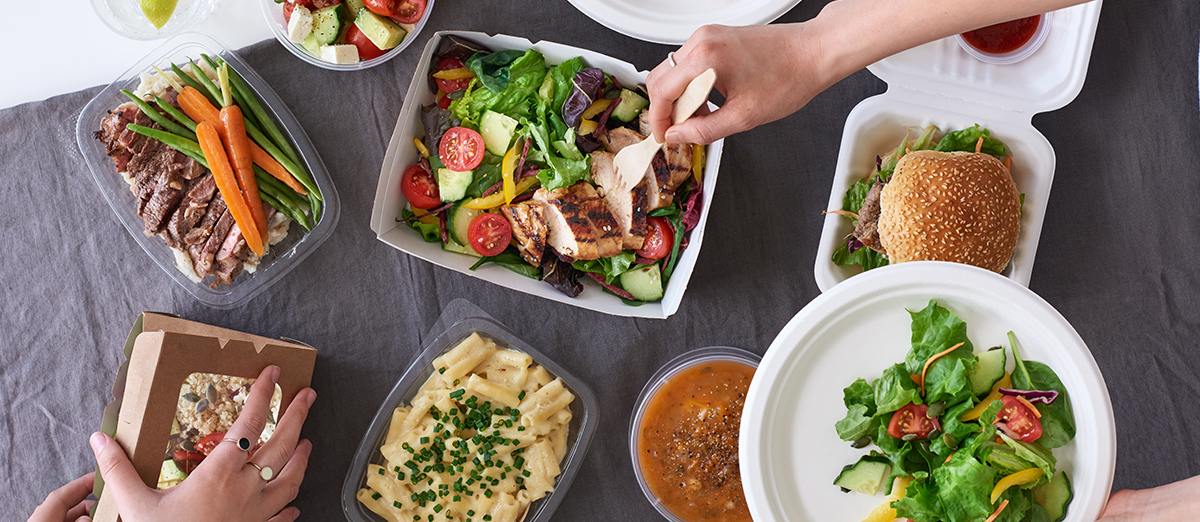
The Fourth Element: Barry Callebaurt’s Ruby Chocolate
Eighty years after the introduction of white chocolate, Barry Callebaut reveals a fourth type of chocolate: Ruby.
What is Ruby Chocolate?

Less than a year ago Callebaut’s ruby chocolate was revealed at Shanghai’s 2017 trade show. It’s been making waves ever since. Some love it, others hate it, most still have yet to try it. Made from what Callebaut has dubbed “ruby cocoa beans,” ruby chocolate has a mild fruity taste and a smooth texture. Though it is chocolate, it does not taste like traditional craft chocolate. Flavor-wise, it is more akin to white chocolate with sour fruity notes. Its attractive pink color has already made it an internet sensation and has earned it the name of “millennial chocolate.” Released first in Asia, ruby chocolate will be on the public Belgian market soon (you can reserve your order here). And will be available for purchase in Australia next month.
According to Callebaut, ruby should be available to the rest of the world in another 6-12 months.
Callebaut Trade Secrets
Barry Callebaut asserts that their ruby chocolate is made from a ruby cocoa bean. This does not signify the discovery of a new cocoa bean privy only to the Callebaut corporation. This is simply how they refer to the beans they use in manufacturing Ruby chocolate. These are nothing more than ordinary cocoa beans with perhaps a tendency towards higher acidity rates. Callebaut insists that their ruby chocolate contains no added ingredients or coloring. It is the processing that the chocolate achieves its pink hue.
Still curious, we dug a little deeper. After a closer look at Callebaut’s patent for ruby chocolate, we located the answer: un-fermented cocoa beans, acidified. The interior of the cocoa beans are a lovely shade of pink. Normally you would then would ferment, roast, and process the chocolate into what we’re used to seeing on the market. The fermentation process allows cocoa beans to develop the nuanced flavors we expect in dark chocolate. Callebaut is skipping that fermentation process. This explains the pink color and ruby’s lack of traditional chocolate flavor. Callebaut is also using high-acid beans and a processing method to preserve the color. This explains how Callebaut created this new form of chocolate.
Contention in the Ranks
As with any innovation that upsets long standing tradition, there are those who have contended the validity of ruby chocolate. Virtual debates have raged since its introduction. Traditionalist craft chocolatiers assert that ruby chocolate is not chocolate at all. Because it flies in the face of classic chocolate processing methods, it simply doesn’t count. Chocolate professionals accuse ruby of being a marketing gimmick directed at millenials. They say that Callebaut set aside flavor in the pursuit of aesthetics.
But just we can’t judge white chocolate on the same set of criteria as dark chocolate, this new breed should have a new set of rules. With its fruity, tart flavor profile, it opens up chocolate to flavor pairings previously unheard of. It gives us the opportunity to completely re-imagine one of the most beloved ingredients in our kitchen.
What do you think about Ruby Chocolate? We want to know! Don’t forget to share in the comments below or on any of our social media accounts. Follow us on Facebook, Twitter, Instagram, and YouTube!






Write a Comment